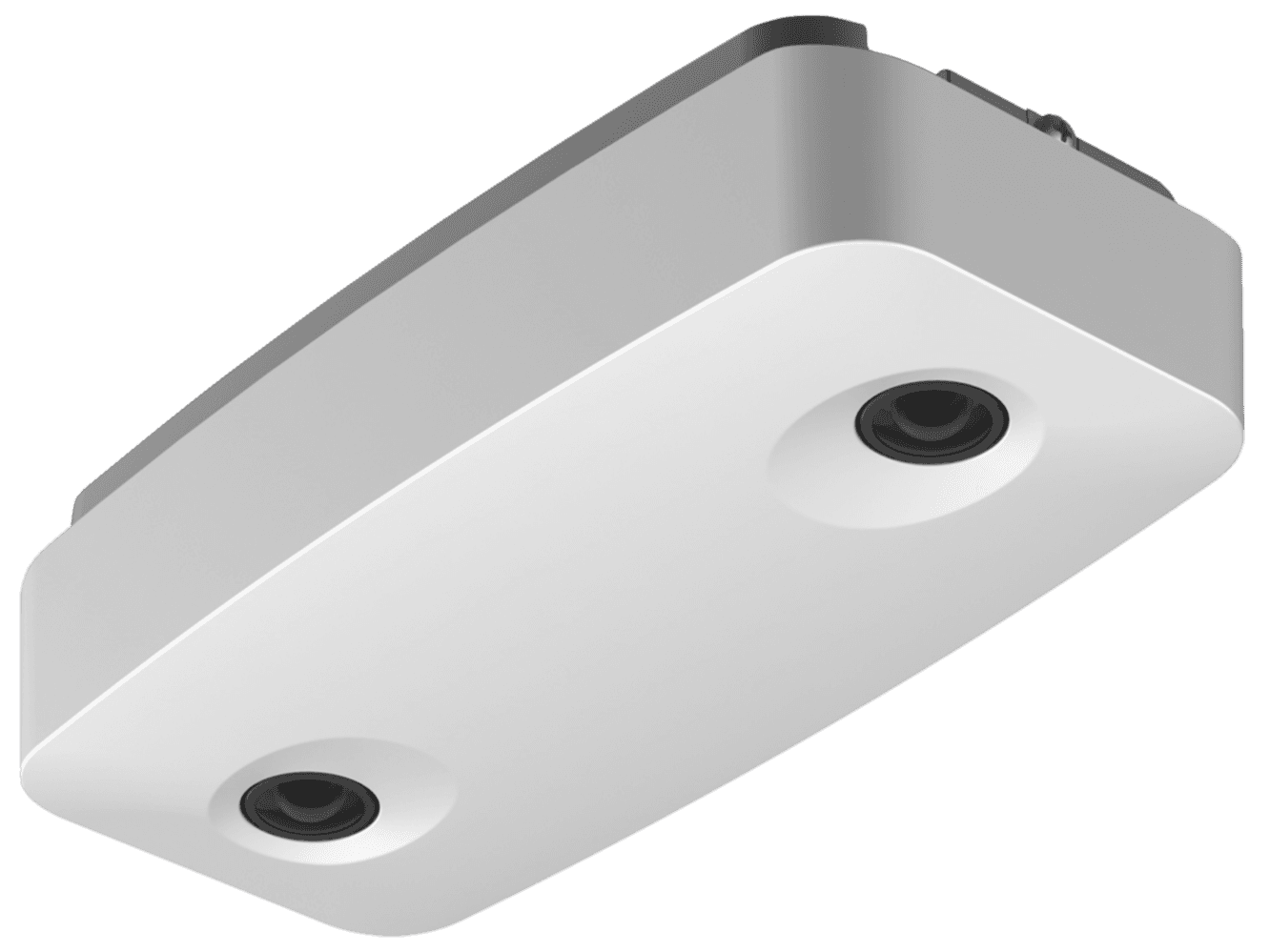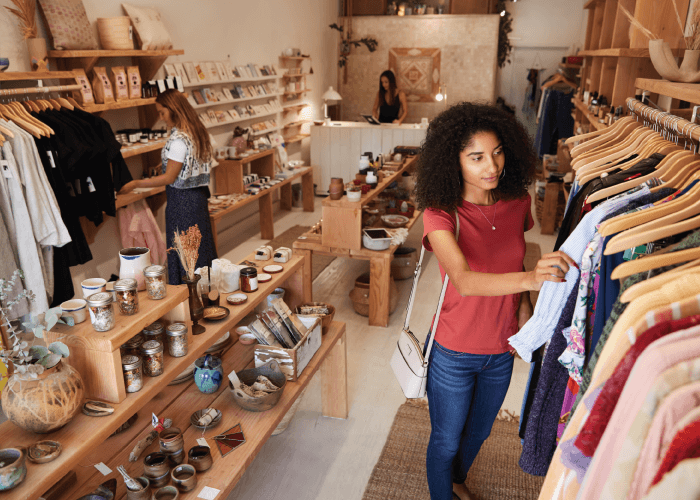4 Useful Tips to Increase In-Store Conversion

On this page
When running a retail business, attracting shoppers is only half the battle. The other half is figuring out how to turn their interest into a purchase. To improve conversion rates, it's crucial for retailers to first understand why people don't buy. Is it due to long queues, poor fixture displays, unhelpful staff, or a combination of factors? To help turn shoppers into buyers, here are four useful tips on how to increase conversion rates.
READ MORE: Recipe For Success: What Retailers Can Learn From McDonald's
Tip 1: Store Layout and Window Displays
Assessing your window displays and store layout is a common starting point when dealing with low conversion rates. The dressing of your window needs to be engaging and relevant to your market in order to attract and draw customers into your store.
👉 Take a look at the article by Ray Hartjen from RetailNext titled, "The art of window displays" for inspiration.
When it comes to designing the layout of a store, there is a natural way that most consumers tend to follow. Upon entering a store, the first five to fifteen feet is called the decompression zone. This area acts as a transition space, allowing customers to take a broad and sweeping look at the store before deciding whether to continue with their journey.
Studies reveal that most shoppers, in fact 90 percent of them, turn to the right when they walk into a store. Shoppers typically move in a counterclockwise direction through a physical space. Therefore, any display located to the right of the entrance door is considered prime real estate. Shoppers tend to pay more attention to displays located in this area, so it's important to stock them with high-margin products. Additionally, it's crucial to maintain clean, wide, and easily navigable aisles, enabling shoppers to move around quickly and freely.
Tip 2: Queue Management
Shoppers can quickly lose interest in your store if they see a long queue that's not moving quickly. But, there are a few proven tricks that can help get your queue moving and improve your sales:
Consider placing your registers at the back of your store. If your registers are located close to the entrance, the queue will be the first thing that shoppers will notice, instead of your products.
Instead of having a single line that leads to multiple checkouts, consider having several queues that lead to multiple checkouts. This kind of queueing system will prevent shoppers from cutting in line and create the impression of a shorter waiting time.
Invest in a high-quality mobile POS system. By allowing your employees to ring up customers anywhere on the floor, you can eliminate the queue altogether.
No matter what retail segment you are in, customers who have to wait longer than they expected will not enjoy their experience, and negative pre-purchase experiences can significantly reduce conversion rates.
Tip 3: Staff Alignment
While there are several factors that can impact in-store conversion rates, scheduling and deploying staff effectively is one of the most important ones. Unfortunately, many store managers schedule their staff based on the hours when historically, most sales were made, rather than the time periods when the highest levels of shopper traffic are present. However, this approach tends to do more harm than good, as it often results in underserved shoppers during peak traffic periods.

To put it simply, it's not advisable to staff according to historical sales peaks. The better approach is to staff according to historical shopper traffic peaks. Furthermore, retailers must consider how their staff is deployed - whether they are servicing shoppers or tending to routine, non-time-sensitive tasks like stocking and pricing. Even if staff schedules are aligned with traffic, it will not improve conversion rates if staff continue to prioritize tasking over serving customers.
READ THE CASE STUDY: How The Vitamin Shoppe Drives Payroll Efficiency Amid 'The Great Resignation'
Tip 4: Skills Development And Staff Training
Generally, low conversion rates are often caused by poor merchandising and selling techniques. Retailers have different sales philosophies, but having helpful sales associates who listen to customers and make recommendations can significantly boost conversions. It is essential to train employees on how to assist shoppers in exploring product options, addressing their concerns, and making helpful recommendations, as this can pay dividends. To improve conversion rates, it is crucial that your staff understands what retail traffic conversion is and how they can influence it. Organize staff meetings where you can determine targeted goals for both individual and store-wide conversion rates. You can turn it into a collaborative or competitive effort that will be rewarded, but either way, get the staff excited about increasing conversion rates. If your staff isn't passionate about improving conversion rates, then no matter what you try to do on your own, conversion rates will not go up. Once you've got your staff excited about increasing conversion, you can train them in effective ways to help shoppers and encourage them to buy.
Improving the conversion rate of your store can be a challenging task, but using the methods mentioned above can help you achieve your goals. The most efficient way to keep track of your conversion rate is by using a traffic counting system such as RetailNext's Traffic 2.0 solution. This system can integrate with your POS and provide you with the ratio of people who came in and made a purchase to those who entered and left without buying anything. Investing in the right tools is key to paving the way for resilient, forward-thinking retail.
About the author:

Ashton Kirsten, Global Brand Manager, RetailNext
Ashton holds a Master's Degree in English and is passionate about physical retail's unbridled potential to excite, entertain, serve, and solve problems for today's shoppers.



